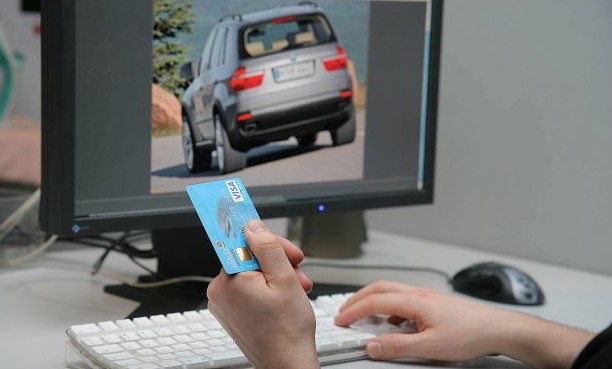One of the industries for which the effects of the pandemic were and still are painfully felt is the broadly understood automotive industry, and the market of new car sales in Poland, in particular. It is enough to mention the fact that
in April alone, the market of cars weighing up to 3.5 tons reached an unprecedented drop of 67%, and at the end of the first half of the year it rebounded slightly, reaching a drop of 34.8% compared to the same period of 2019. This is nominally nearly 109 thousand cars less.
Already at the beginning of the pandemic, when direct contact between the customer and the seller became completely impossible, most car importers and dealers reacted by trying to move car sales to the Internet. Much earlier than the market, because as early as March 2019, SKODA decided on such a sales model, without, of course, giving up the traditional form of car distribution.
Therefore, for some time now, automotive companies have been trying to encourage customers to buy cars online, which would help to increase turnover in the future. It would seem that the coronavirus epidemic could also revive the sale of cars online. However, as it turns out, the revolution is still far from over. Selling clothes or books online is already a daily reality, but choosing (and buying) a car online is still something unprecedented.
According to a survey conducted by Statistics Poland (GUS), only 1% of vehicles are bought in this way, and the average in the entire EU is relatively low – it amounts to 4% of total sales. In turn, the research of the Samar Institute (which monitors the car market in Poland) shows that 88% of the surveyed dealerships do not record an increase in interest in online sales. Only 12% confirmed that they have more inquiries about this form of contact with customers. In total, 70 percent of the surveyed companies have not yet managed to finalize their sales online. Of the remaining 30%, just over one fifth sold 1 to 3 cars online, 7% sold 4 to 10 cars, and only 2% more than 10.
These results show that virtual sales of new cars still do not play a major role in the market. Yes, the pandemic s initiated changes in certain areas – manufacturers and retailers simply had no choice. It certainly had a significant impact on the acceleration of trends, enabling the most comprehensive contact with brands in the online space. But there are several significant obstacles to the full use of the Internet as a car sales channel:
The strong and extensive structures of dealers who will not limit their business overnight and will not switch to online sales without proper training and without changing the approach based only on looking for simple savings, without a permanent modification of the company’s model of operation.
The problem concerning the return of goods ordered over the Internet (14 days for the return of an item purchased over the Internet) – in the case of cars it is less obvious than the return of a book or clothing purchased online
The customers’ perception of the purchasing process – when buying a car, it is crucial to be able to touch the car, feel the texture and smell the materials and finally test-drive drive the specific model to determine whether it is suitable. This is confirmed by the results of the Automotive Survey 2019 conducted on Polish customers, which shows that for 45% of them the biggest problem is not being able to see the car in reality. On the other hand, 27% of the respondents are bothered that they cannot test-drive it before buying it. Respondents also lack: the possibility to negotiate the price (13%), contact with the seller (9%), as well as impressions from visiting a dealer (6%).

Conclusions from the current situation show that what we are seeing now is only the beginning of a new road to the full sale of cars over the Internet. Despite the widespread digitalization of many areas of our lives, selling cars over the Internet has several obstacles to overcome, described above.
Online sales will not save car companies in an epidemic crisis, but the crisis may somehow “save” online sales, which in the automotive industry could not yet develop.
Of course, after the pandemic is over, we will return to the showrooms, but their virtual copy will also remain with us and will gradually evolve, bringing us closer to the full, virtual world of car buying in a few years.
Sources:
https://www.ey.com/pl_pl/news/2019/11/jak-polacy-kupuja-nowe-samochody – EY Automotive Survey 2019 study
https://moto.rp.pl/tu-i-teraz/40929-internet-wciaz-nie-dla-nowych-aut

